Quality Engineering and Software Testing Tools Directory

With servers in >250 cities around the world, check your site for localization problenms, broken GDPR banners, etc.

ALM Tool for End-to-End Traceability
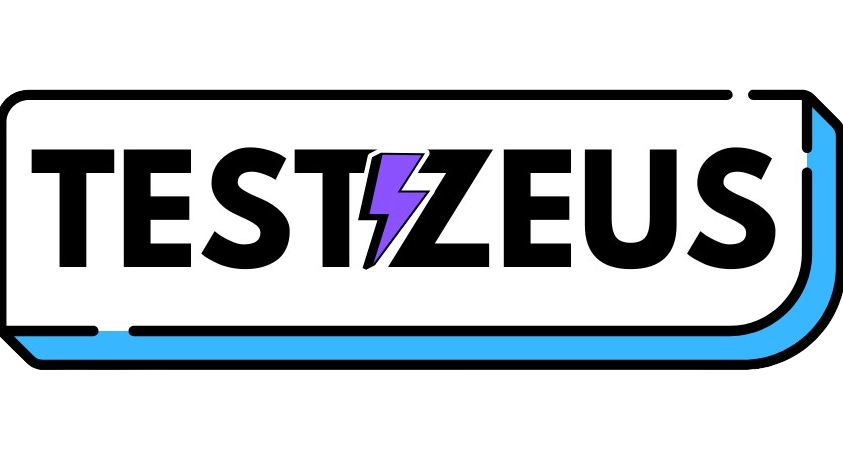
Achieve effortless quality with zero coding, zero maintenance, and the autonomous power of the world's first open-source testing agent.

Hex is a connected platform for using AI to work with data. Ask questions in natural language, partner with agents to do better analysis, and curate context for trusted answers.

Hexawise provides best-in-class test case design software that allows for customized use cases and applications
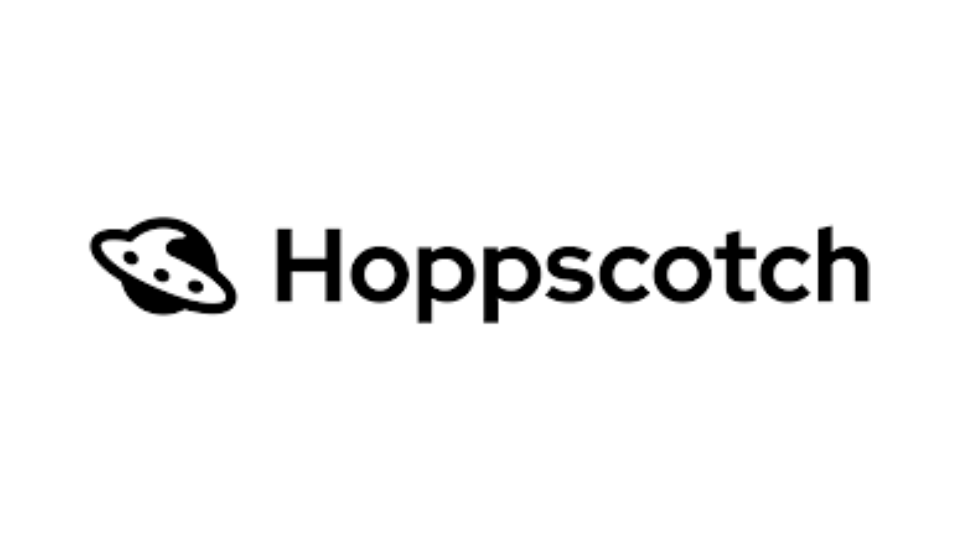
Hoppscotch is an open-source API development ecosystem that helps you create and test your API requests saving precious time in development.

Professional software tool for HTTP testing and debugging
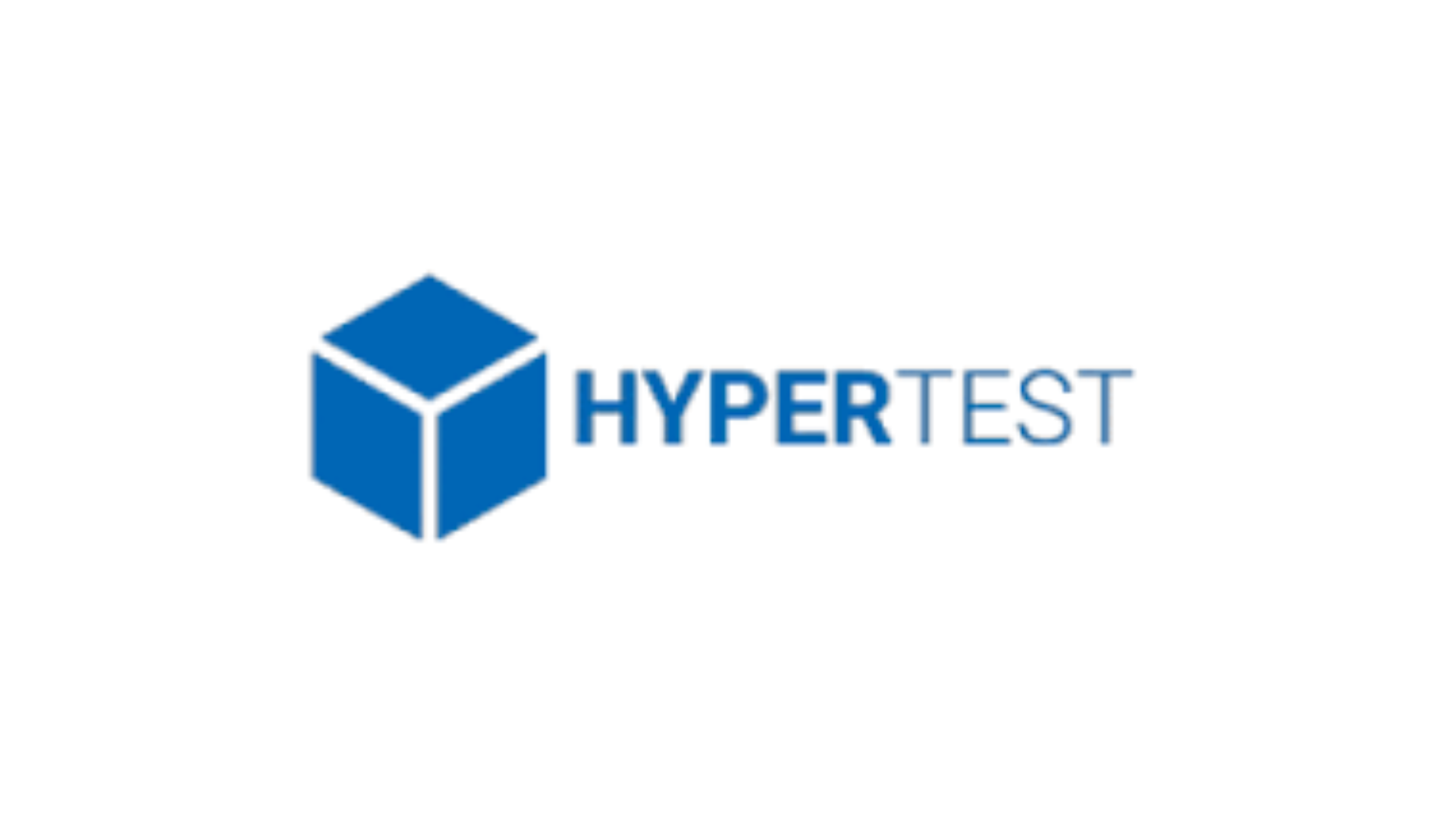
HyperTest is a no-code test automation tool that regresses all your APIs by auto-generating integration tests using your network traffic, also giving a way to reproduce these failures inside actual user-journeys.
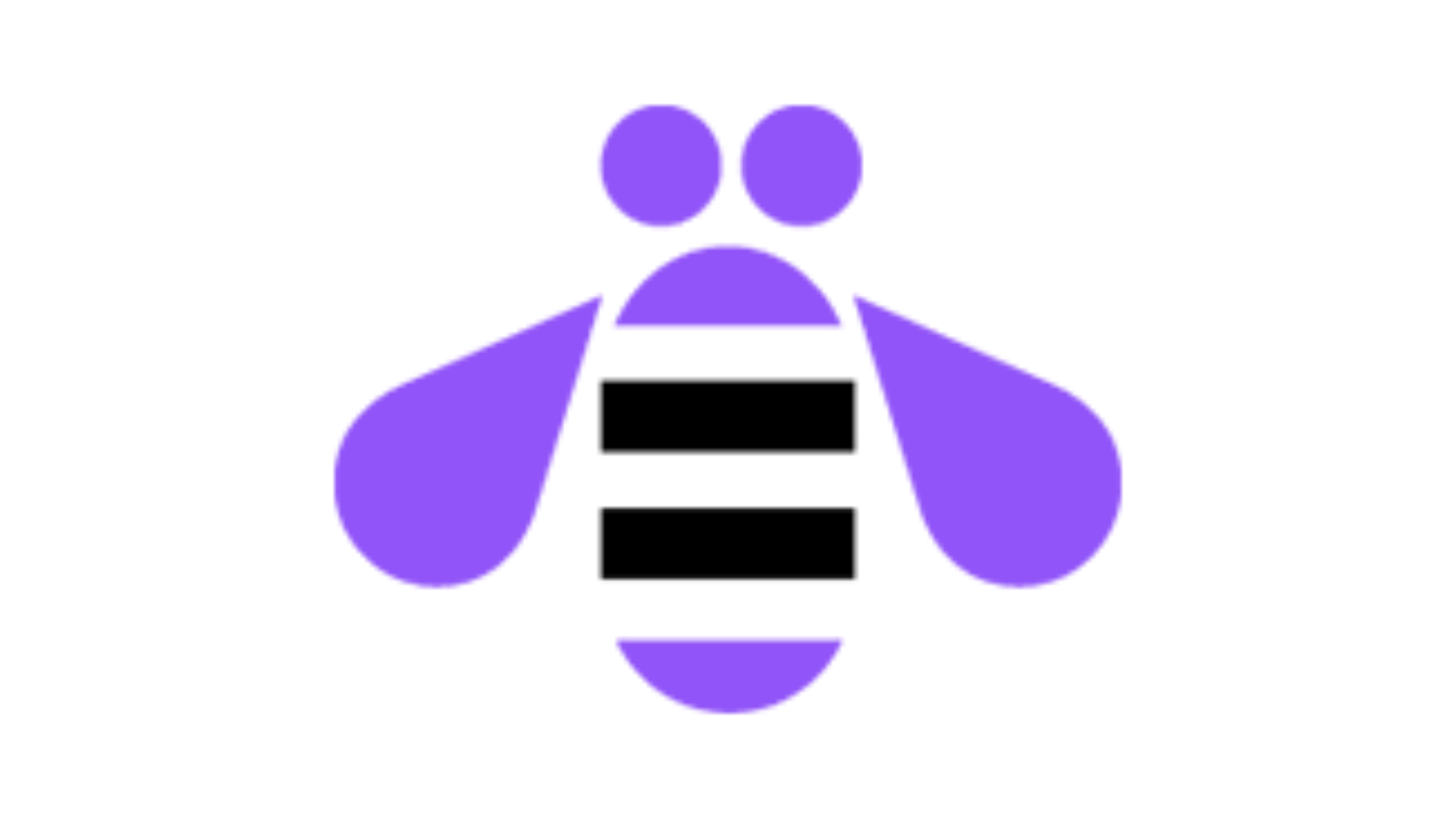
Create inclusive experiences with the provided tools and guidance.

Manage data from requirements through retirement to improve business agility while reducing costs

Disable images on current site. Use this extension to disable/enable images on the current site.

A tool for making custom branded color palettes for web and UI design that are built from the ground up to meet WCAG contrast accessibility guidelines

Design, debug, and test APIs locally or in the cloud
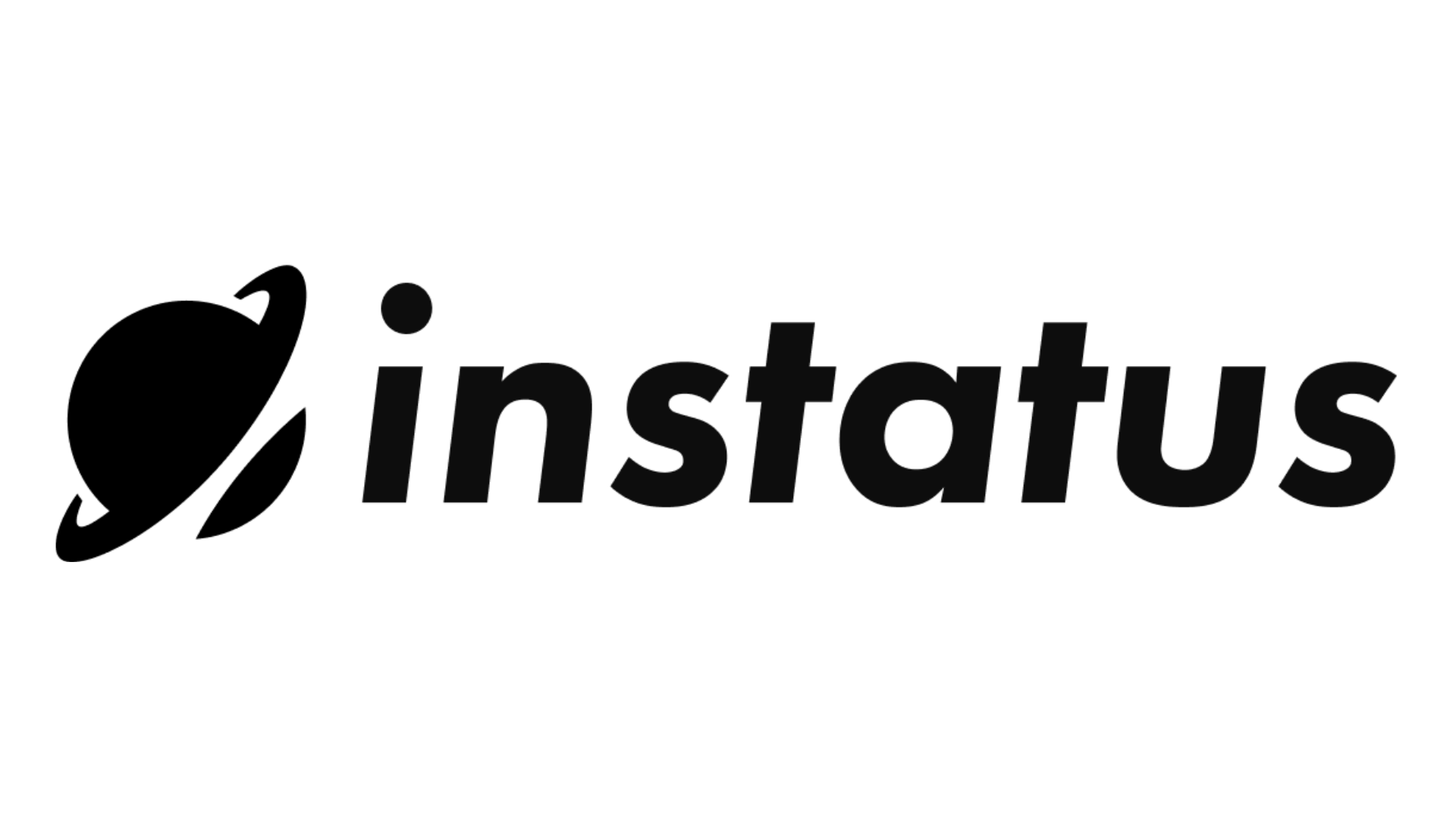
Get a beautiful status page in 10 seconds, without paying thousands of dollars!

Contextually screen capture issues on any live page and share them with anyone.
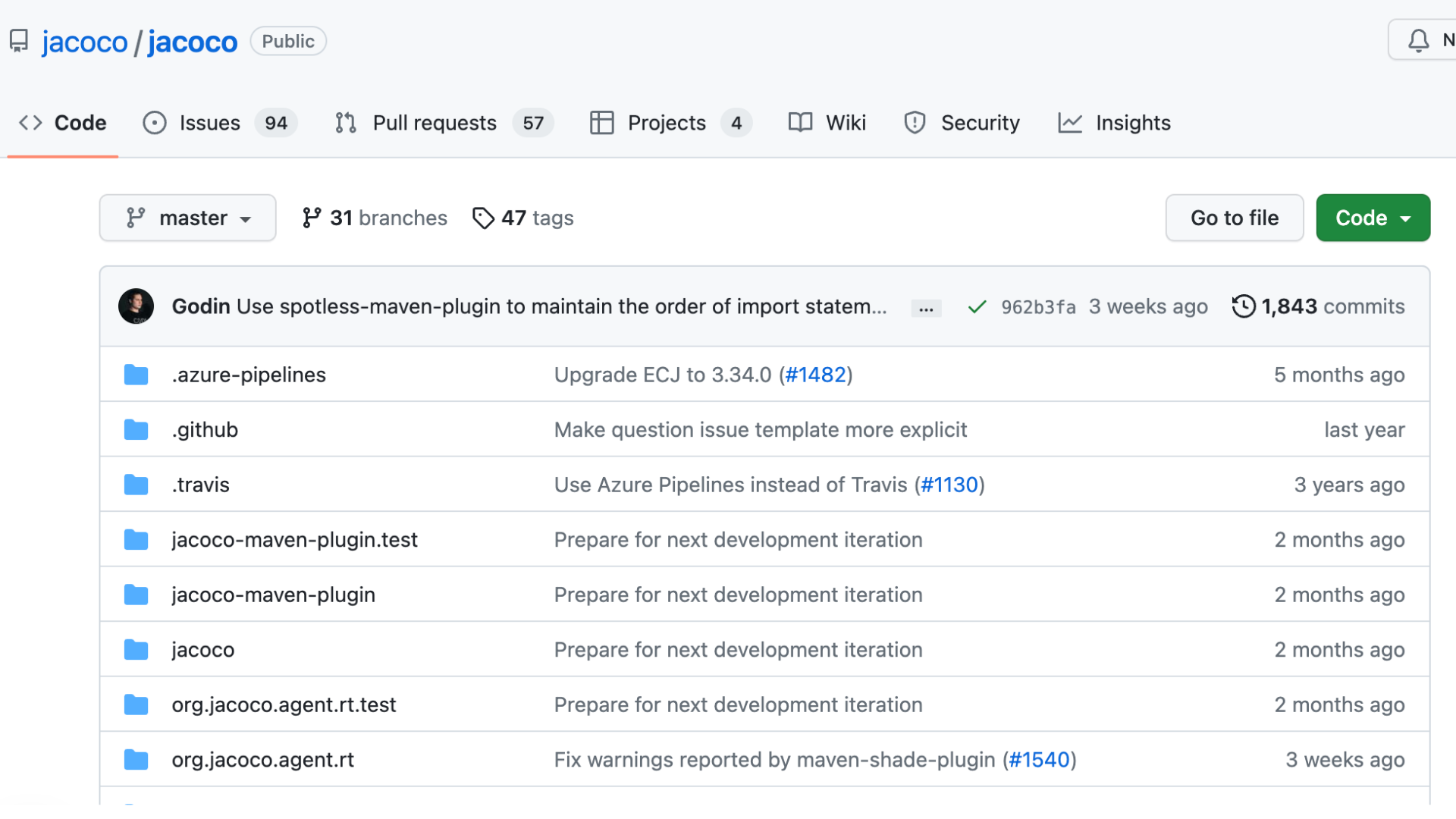
JaCoCo is a free Java code coverage library distributed under the Eclipse Public License.

A super fast way to QA. Browser extension for capturing and reporting bugs 20x faster. A screen capture tool.

A first-of-its-kind solution that delivers assistive technology user feedback directly to the organizations seeking to deliver accessible digital experiences.

Jest is a delightful JavaScript Testing Framework with a focus on simplicity.

The Apache JMeter™ application is open source software, a 100% pure Java application designed to load test functional behavior and measure performance. It was originally designed for testing Web Applications but has since expanded to other test functions.
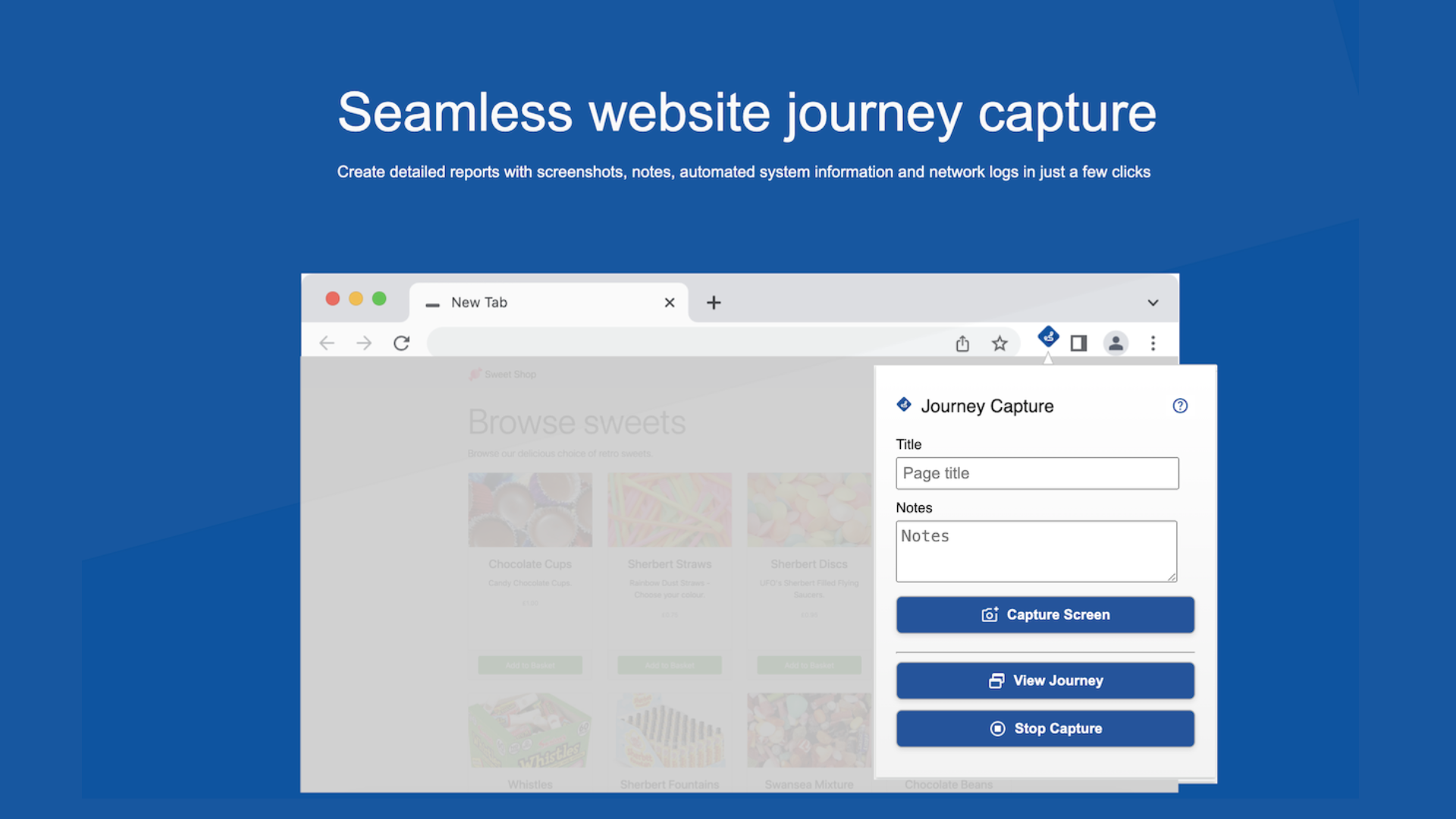
Journey Capture is a powerful tool for exploratory testing and journey mapping, designed to help users capture, organise, and annotate their web experiences.

Seamlessly visualize your JSON data instantly into graphs.

Discover how integrating SAST with comprehensive test management enables your team to ship safer software sooner.

Create, run, and maintain web and mobile tests with no-code, AI-driven automation in the cloud

With servers in >250 cities around the world, check your site for localization problenms, broken GDPR banners, etc.

We've made things easier to access all things.